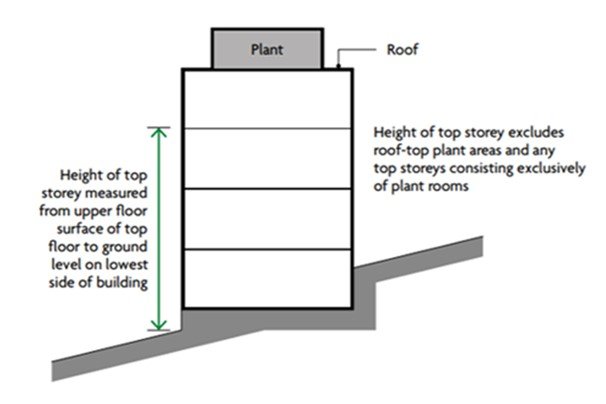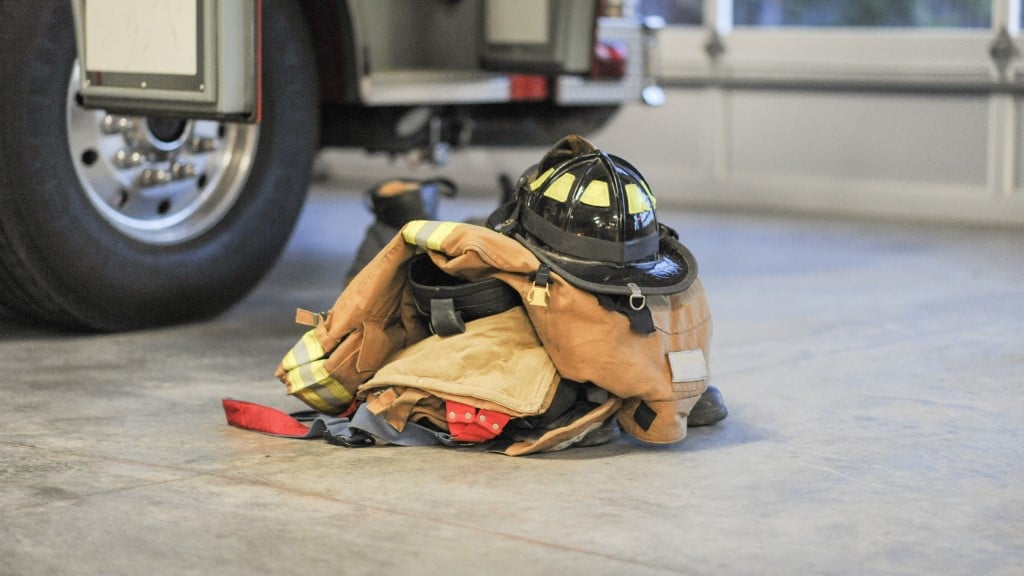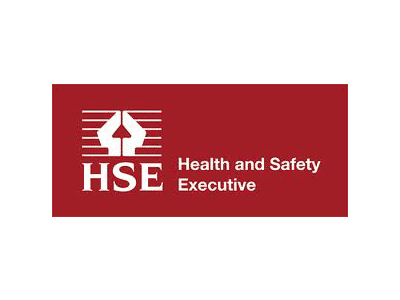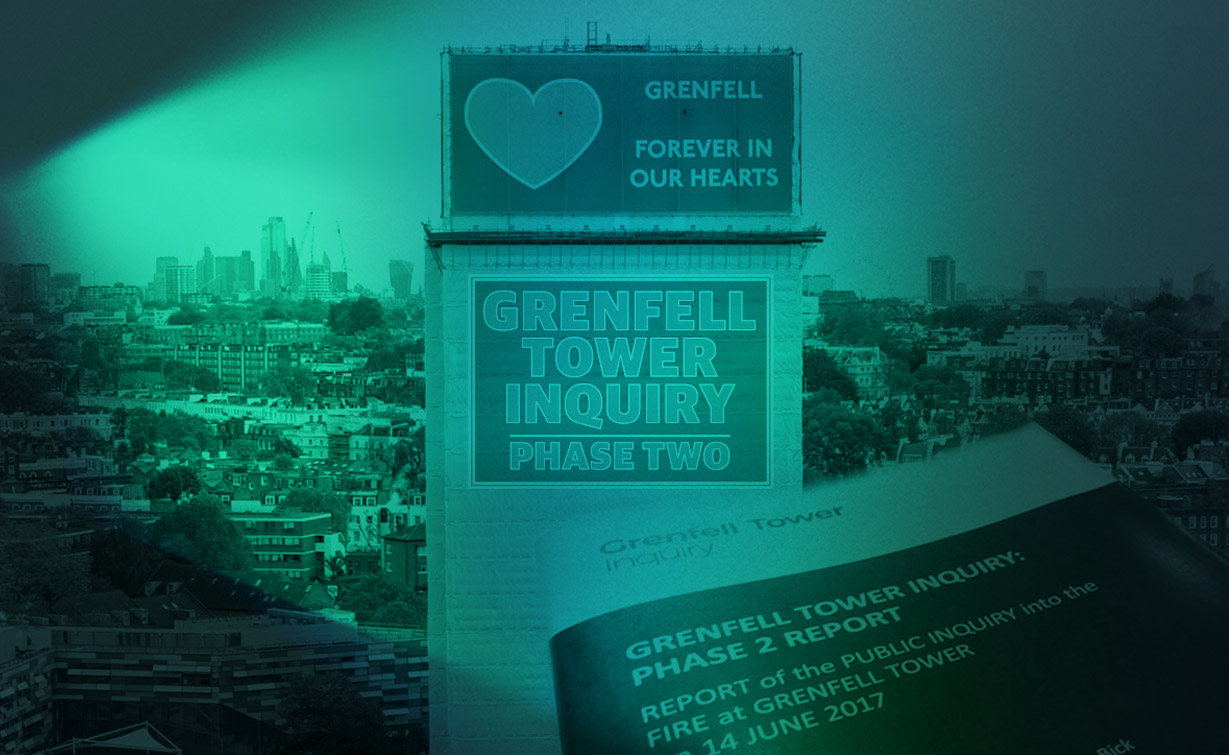September 23, 2021
Introduction
Measures to ensure fire safety matters are incorporated at the planning stage for schemes involving a relevant high-rise residential building (Planning Gateway 1 & Fire Statements)
Measures to ensure the consideration of fire safety matters as they relate to land use planning are incorporated at the planning stage for schemes involving a relevant high-rise residential building.
The requirements apply to applications for planning permission made on or after 1 August 2021 as a result of the Town and Country Planning (Development Management Procedure and Section 62A Applications) (England) (Amendment) Order 2021 (”the 2021 Order”).
What is planning gateway one?
Following the Grenfell Tower fire on 14 June 2017 the government commissioned the Independent Review of Building Regulations and Fire Safety led by Dame Judith Hackitt. The report highlighted the need to transform the fire and building safety regime and recommended that “some minimum requirements around fire safety will need to be addressed when local planning authorities are determining planning applications and will require input from those with the relevant expertise.”
Why is planning gateway one being introduced?
The changes are intended to help ensure that applicants and decision-makers consider planning issues relevant to fire safety, bringing forward thinking on fire safety matters as they relate to land use planning to the earliest possible stage in the development process and result in better schemes which fully integrate thinking on fire safety.
What type of buildings are “relevant buildings” under planning gateway one?
Relevant buildings
- contain two or more dwellings or educational accommodation and
- meet the height condition of18m or more in height, or 7 or more storeys
“Dwellings” includes flats, and “educational accommodation” means residential accommodation for the use of students boarding at a boarding school or in later stages of education (for definitions see article 9A(9) of the Town and Country Planning Development Management (England) Procedure Order 2015 as amended by article 4 of the 2021 Order.
It may be necessary to amend the provisions in future to align with arrangements to be made under the Building Safety Bill.
How is building height measured, and how are storeys counted for planning gateway one?
Relevant buildings at planning gateway one:
- contain two or more dwellings or educational accommodation and
- meet the height condition: 18m or more in height, or 7 or more storeys
In this context:
- the top storey of the building being 18 metres or more in height should be determined ignoring any storey which is a roof-top machinery or plant area or consists exclusively of machinery or plant rooms, and should be measured from the ground level on the lowest side of a building to the top storey upper floor surface
- the building containing 7 or more storeys should be determined ignoring any storey which is below ground level (a storey is treated as below ground level if any part of the finished surface of the ceiling of the storey is below the ground level immediately adjacent to that part of the building) and counted from the ground level on the lowest side of the building
- a mezzanine counts as a separate storey if its internal floor area is at least 50% of the internal floor area of the largest storey in the building which is not below ground level.
Measuring height of building for planning gateway one:
Diagram measuring height of building for planning gateway one shows that the height should be measured from the upper floor surface of the top floor to ground level on the lowest side of the building. Excluding roof top plant areas and any top storeys consisting exclusively of plant rooms.
Counting storeys – a building of three storeys:
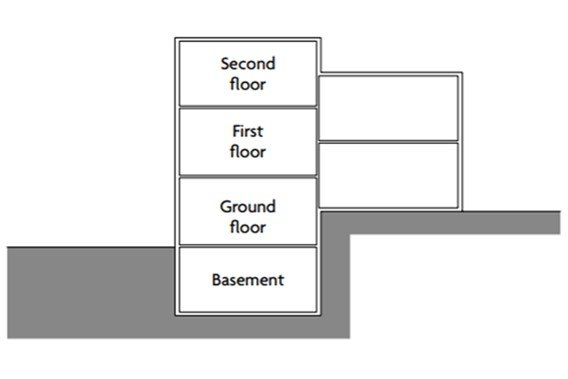
Diagram showing that basement storeys should not be counted when counting storeys, and where the number of storeys varies from ground level they should be counted from the lowest external ground level.
To count the number of storeys in a building, count only at the position which gives the greatest number and only exclude a storey if it is entirely below ground level.
Fire statement
What is the purpose of a fire statement?
Fire statements will support the consideration of information on fire safety matters as they relate to land use planning matters (e.g. site layout, water supplies for firefighting purposes and access for fire appliances). It is the intention that the information provided within a fire statement is focussed and concise, specific and relevant to the development, and proportionate to the scale, type and complexity of the proposal. A fire statement will evidence that thinking on fire safety matters, as they relate to planning, has been incorporated into the planning application.
What information must a fire statement contain?
Fire statements must be submitted on a form published by the Secretary of State (or a form to similar effect) contain the particulars specified or referred to in the form, which includes information about (not exhaustive list):
- the principles, concepts and approach relating to fire safety that have been applied to each building in the development
- the site layout
- emergency vehicle access and water supplies for firefighting purposes
- what, if any, consultation has been undertaken on issues relating to the fire safety of the development; and what account has been taken of this
- how any policies relating to fire safety in relevant local development documents have been taken into account
The publication of a standard form for this purpose is intended to ensure consistency in the way in which information is provided, as well as ensuring information contained within a fire statement is focused on fire safety matters as they relate to land use planning
Should a fire statement include information for the whole site or just certain buildings?
As many fire safety matters relevant to land use planning impact on the external layout of a site, including the spaces between buildings, fire statements will be required to include information on the entire development as set out on the plan which identifies the land to which the application relates which has to be submitted with the application.
How are fire statements different from the requirements of building regulations or the Fire Safety Order?
The fire safety matters contained in a fire statement are relevant only to the extent they are relevant to land use planning. The level of detail and focus of information should not contain the breadth and depth of information on fire safety which will be submitted at building control application stage. Requirements of the fire statement at planning stage will not duplicate or require compliance with the building regulations or the Fire Safety Order, and local planning authorities will not be responsible for any building regulation matters or the enforcement of building control requirements.
Applications and planning gateway one
In what circumstances must a fire statement by submitted with an application?
An application for planning permission for development which involves:
- the provision of one or more relevant buildings, or
- development of an existing relevant building
- or development within the curtilage of a relevant building
must be accompanied by a fire statement unless an exemption applies.
What are the exemptions to the requirement to submit a fire statement with an application for permission?
Applications for planning permission will be exempt from the requirement to submit a fire statement where:
- the application is for a material change in use of a relevant building and the material change of use would result in the building no longer being a relevant building
- the application is for a material change in use of land or buildings within the curtilage of a relevant building and the material change of use would not result in the provision of one or more relevant buildings
- the application is for outline planning permission
- the application is for permission to develop land without compliance with conditions under section 73 of the Town and Country Planning Act 1990
Applications for outline planning permission will be exempt from the requirement to submit a fire statement because matters such as layout and scale can be reserved.
Do outline applications require a fire statement?
As detailed plans about matters that can be reserved such as layout and scale are not necessarily submitted with outline planning applications, it will not be a statutory requirement that applicants for outline planning permission submit a fire statement.
While it will not be a statutory requirement a developer may voluntarily provide the type of information required by a fire statement with their application.
Is a fire statement required for a change of use application?
Applications for permission for a material change of use of land or buildings will require a fire statement unless the application is for:
- a material change in use of a relevant building and the material change of use would result in the building no longer being a relevant building
- a material change in use of land or buildings within the curtilage of a relevant building unless the material change of use would result in the provision of one or more relevant buildings.
Consultation and planning gateway one
Should an applicant contact HSE before submitting an application?
Early and timely engagement between developers and statutory consultees at the pre-application phase is important in helping to address issues and opportunities early on and avoid delays occurring after an application has been submitted.
When must a local planning authority consult HSE?
A local planning authority will be required to consult HSE before granting planning permission for:
- development which will involve or is likely to involve the provision of one or more relevant buildings
- development of an existing relevant building except where the development consists of a material change in use of a relevant building which would result in the building no longer being a relevant building
- development within the curtilage of a relevant building except in the case of development consisting of a material change in use of land or buildings within the curtilage of the building which would not result in the provision of one or more relevant buildings
Does an application under section 73 TCPA 1990 to vary or remove conditions associated with a planning permission require consultation with HSE?
A local planning authority must also consult HSE, in the circumstances set out in paragraph 014 before granting permission on an application under section 73 if the authority considers it appropriate to do so (see Article 20 of the Town and Country Planning (Development Management Procedure) (England) Order 2015).
Other Matters
Should fire statements be included in the Planning Register?
From 1 August 2021 local planning authorities will be required to place a fire statement submitted with an application for planning permission on Part 2 of the Planning Register. Inclusion in Part 2 of the Planning Register is only required where such a fire statement is submitted to meet the statutory requirements.
What about schemes that create new dwelling houses in high rise buildings utilising a Permitted Development Right?
The Town and Country Planning (General Permitted Development etc.) (England) (Amendment) (No. 2) Order 2021 introduces from 1 August 2021 the requirement for developers to obtain the prior approval of the local planning authority as to certain matters relating to fire safety. Articles 4 and 9 amend Class MA of Part 3, and Classes A and AA of Part 20, of Schedule 2 to the Town and Country Planning (General Permitted Development) (England) Order 2015 to require the submission of a statement about the fire safety design principles, concepts and standards that have been applied to the development. This requirement applies to buildings which will contain 2 or more dwelling houses where the height condition of planning gateway one is met. Where a prior approval application is made pursuant to these provisions, the local planning authority must consult the Health and Safety Executive.
At William Martin we have a nationwide team of experts who offer a comprehensive range of health and safety compliance services to property management professionals. As part of the wider Marlowe Group, William Martin also has access to occupational health experts who offer a comprehensive range of health support services to clients.
For all enquiries please contact us or call our team on 0203 819 8829
Click this link to download the Fire safety and high-rise residential buildings briefing note.
